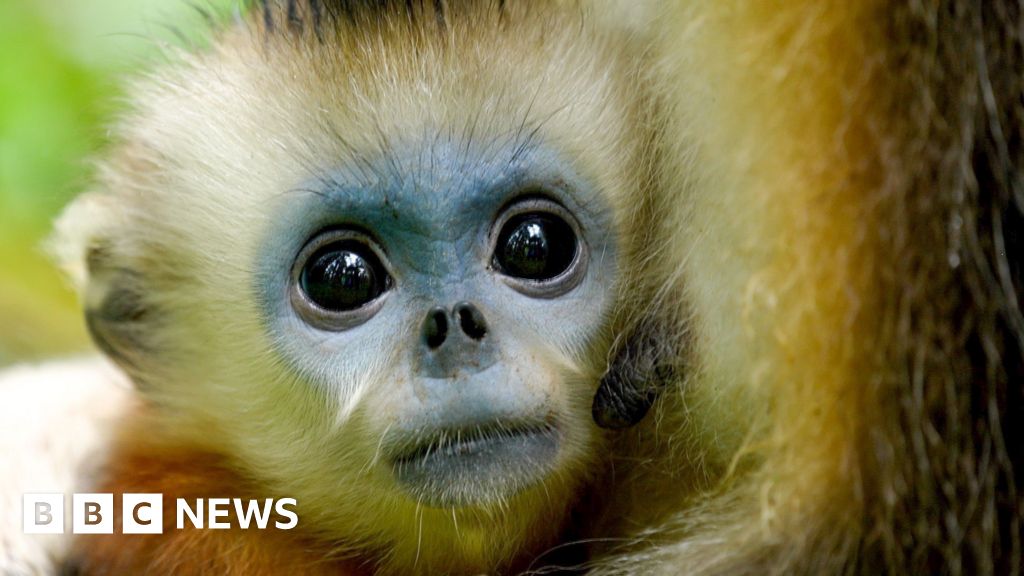India's rivers are famously home to thousands of dolphins, yet these gentle creatures are struggling for survival. Unlike their oceanic relatives, Gangetic dolphins don’t leap through waves; they glide sideways and possess long snouts, often navigating through dark waters relying heavily on echolocation due to near blindness.
Found mainly in the Ganges-Brahmaputra river system, a recent survey indicates that there are approximately 6,327 river dolphins in India, predominantly comprising the Gangetic species. Despite their inclusion in the National Aquatic Animal category and various conservation efforts, including a dedicated research center slated for 2024, these dolphins remain classified as "endangered" by the International Union for Conservation of Nature.
This first comprehensive assessment involved surveying 58 rivers across 10 states between 2021 and 2023 and highlights the precarious status of these dolphins. Over the past four decades, numerous dolphins have perished due to entanglement in fishing nets or intentional hunting for their body parts, often underreported by fishermen fearing legal repercussions due to strict wildlife protection laws.
The rise of river cruise tourism in India has exacerbated challenges to the dolphins' habitat, introducing noise pollution that they are particularly sensitive to. Conservationists warn that increased boat traffic may lead to declining populations similar to the Baiji dolphins in China's Yangtze river, which were driven to extinction.
River dolphins are uniquely suited to their environments, but their evolutionary adaptations can also expose them to substantial risks. Their inherent lack of eyesight and slower swimming capabilities heighten their vulnerability to collisions with boats, compounded by their reproductive challenges, including long maturity cycles and limited offspring production.
Despite the concerning situation, conservationists like Ravindra Kumar Sinha remain optimistic, underscoring the importance of governmental support in preserving dolphin populations. While significant steps have been taken towards conservation, experts maintain that much more needs to be done to ensure the future of these riverine inhabitants.



















